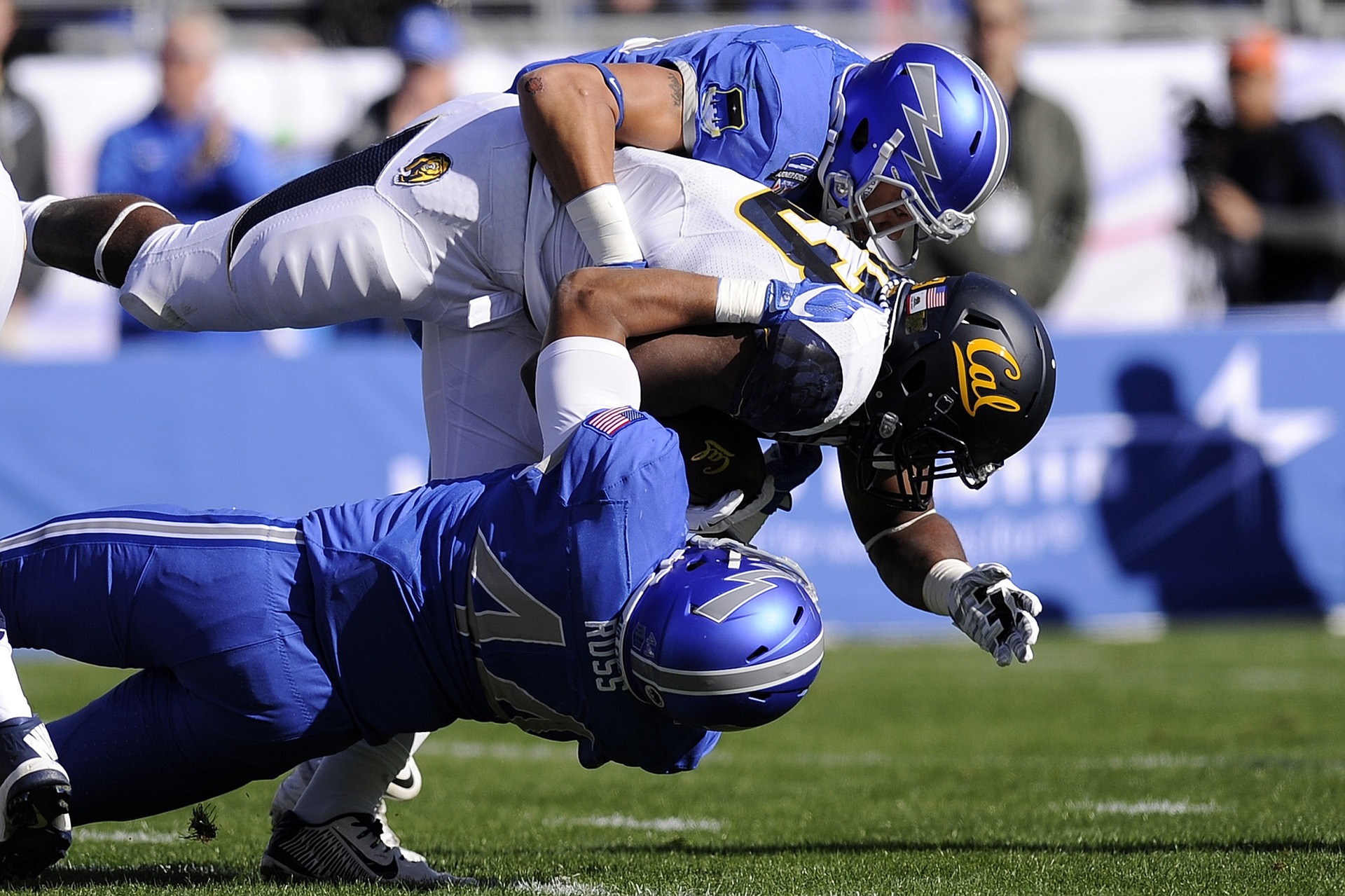By: John Keiter Jr.
Formally known as Bruce Jenner, Caitlyn Jenner acclaimed national prominence for the first time after she won the gold medal in the decathlon event at the 1976 Summer Olympics in Montreal, Canada. Fast forward to 2007, Jenner began to appear in the hit reality television show, “Keeping Up with the Kardashians,” and acclaimed national recognition again, but with a much younger generation. After Caitlyn Jenner came out, she introduced herself to the sports world on July 15, 2015, when she stepped into the spotlight to accept the Arthur Ashe Courage Award at ESPN’s annual award ceremony, also known as the “ESPYS.” And, on the night of July 15, 2015, Jenner’s recognition for her courage to transition from male to female grabbed the world’s spotlight alike her 1976 gold medal win. Although, Jenner’s newfound recognition began to stir rampant discussion about transgender athletes and the world of sports.
Transgender Athletes
Jenner is not the first athlete to promote discussion of transgender athletes within the world of sports. Renée Richards, a former professional tennis player, arguably pioneered the way for transgender rights in sports. Richards underwent gender reassignment surgery (“GRS”) in 1975 at the age of 40. After Richards underwent her GRS, she applied for participation in the 1976 US Open. Then, Richards was denied admission after she refused to verify her gender by subjecting herself to a chromosomal test required of female participants. Richards filed a lawsuit against the United States Tennis Association for gender discrimination.
Richards’ case would make its way all the way up to the Supreme Court of the United States before she would emerge victorious. Id. Notwithstanding this victory, however, Richards continued to face controversy on the tennis court as many female tennis players boycotted tennis tournaments that she played, arguing that she had an unfair advantage over fellow women in the sport. The professional tennis world eventually learned to accept Richards as a female athlete and allowed her to have full participation in tennis tournaments around the world. Id. However, the argument against Richards’ participation in professional sports continues to plague transgender athletes today.
The Argument: Unfair Advantage?
The argument that female transgender athletes have yet to fully overcome is the possibility that an unfair advantage over other female athletes given their male gender assignments at birth may exist. The concept is not difficult to comprehend and the data seems to back it up. World records for the summer Olympic Games reveal that women’s records, on average, fall short of men’s records approximately ten percent. The simple argument coupled with data likely establishes the primary reason for segregating the sports world into male and female categories.
Scientists have explained that the reason for the discrepant difference between male and female athletes revolves around the hormone known as testosterone. Scientists maintain that testosterone “affects everything from muscle size and strength to the size of the heart to the amount of oxygen-carrying blood cells in the body to the percentage of fat on an athlete’s [sic] body.” Furthermore, it “gives men . . . a bigger and better fuel engine.” However, scientists are quick to point out that the previous stated facts does not solely support the theory that “every man is inherently better than every woman.” Several women have accomplished athletic feats that men can only dream of accomplishing. For example, German native, Sabine Lisicki holds the record for the fastest tennis serve by a female at 131 miles per hour (“mph”). Many male professional players cannot even reach that speed at any given tournament. However, as remarkable as that speed is, it still falls short of the men’s record of 163 mph.
Professional Sporting Guidelines
While many professional sporting organizations have opened the doors to allow for transgender athletes to compete, most have guidelines that must be met prior to participation. For instance, the NCAA Policy on Transgender Student-Athlete Participation states that “[a] trans female student athlete . . . may not compete on a women’s team . . . until [the completion of] one calendar year of testosterone suppression treatment.” Recently, the International Olympic committee changed its policies, which no longer require transgender athletes to undergo sexual reassignment surgery, however, it still requires athlete tests to demonstrate specific hormone levels, i.e. that testosterone hormones fall below a certain threshold.
Testosterone Testing – The Best Solution?
First, testosterone level tests may seem to be the best answer to balancing equality and maintaining the integrity of the female sports industry. However, testosterone level tests have proved to be more complicated and controversial than many might have expected. Despite societal stereotypes and what they might lead us to conclude- men are not the only gender capable of high testosterone production. Almost every healthy women will maintain some levels of testosterone in their system. The difference between testosterone level within men versus testosterone within women simply comes down to quan.tity. Commonly, Men tend to have between ten to thirty nanomoles of testosterone per liter of blood within their system, while women tend to have less than three nanomoles per liter of blood. However, there are outliers. Some women are genetically coded to have “hyperandrogenism,” meaning they produce far more testosterone than the average female. Testosterone level tests could potentially exclude many athletes who are natural born females from competing on a professional level because their bodies naturally produce testosterone in quantities similar to men. This method of regulation could, in fact, destroy the competitive quality of the female sporting industry by not allowing these so-called “genetic marvels” to compete, unless they subject themselves to testosterone suppressants to even the playing field. It further challenges the notion that transgender athletes have an unfair advantage solely for the fact that their testosterone levels may exceed that of an average female.
Conclusion
Ultimately, science and sports are still met with the challenged to determine sports definition of male and female athletes. So long as the sporting authorities remain intent on segregating the genders, there may not be a clear answer to the placement and role of transgender athletes. However, with more and more transgender athletes entering the world of professional sports, the demand for resolution appears more pressing than ever.
John Keiter Jr. is a 2L at the Sandra Day O’Connor College of Law at Arizona State University. He is an associate editor for the Sports & Entertainment Law Journal.
[easy-tweet tweet=”NEW BLOG: Associate Editor, John Keiter Jr. authors, “Transgender Athletes and the Segregated World of Sports.” ” user=”@ASU_Law_SELJ”]





